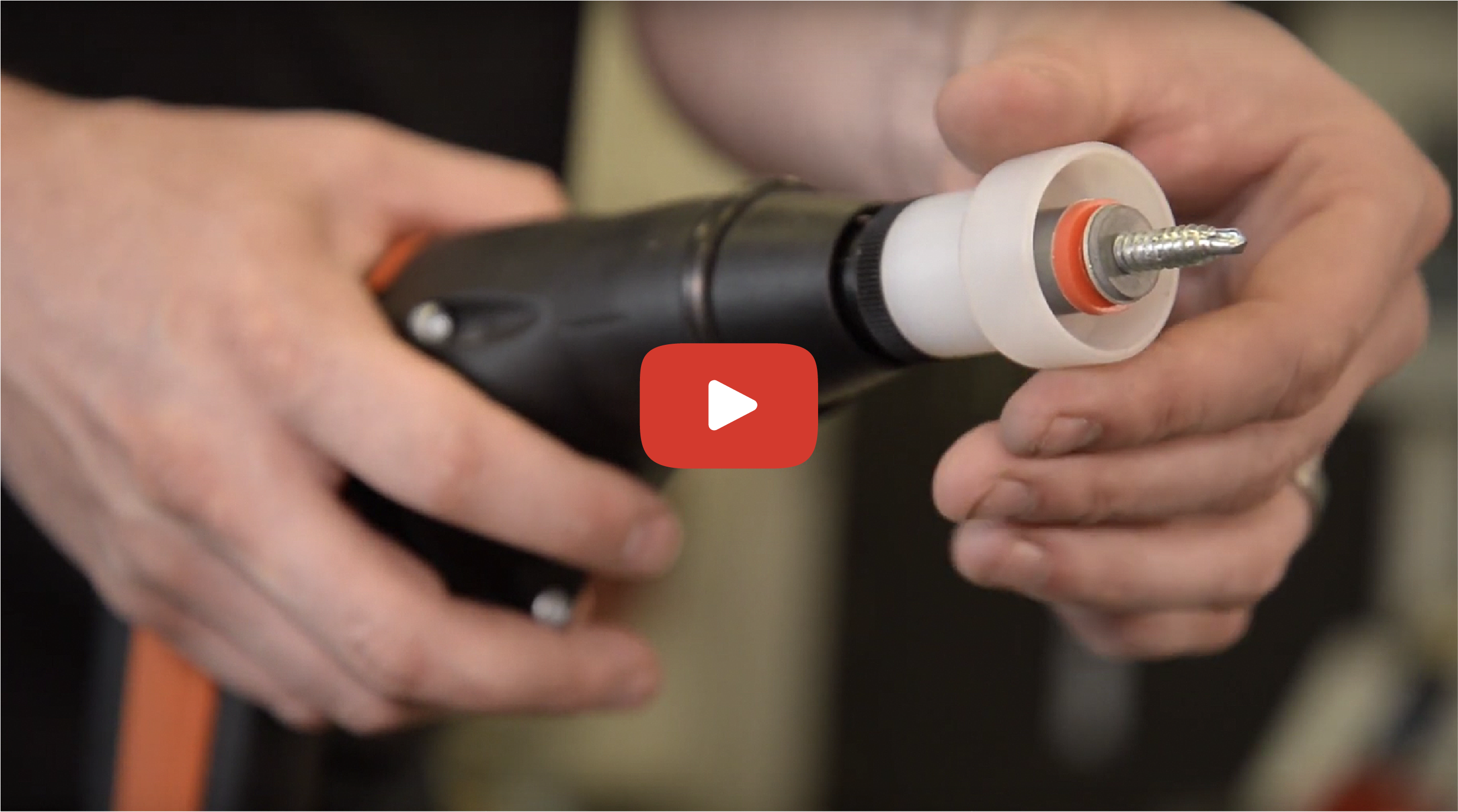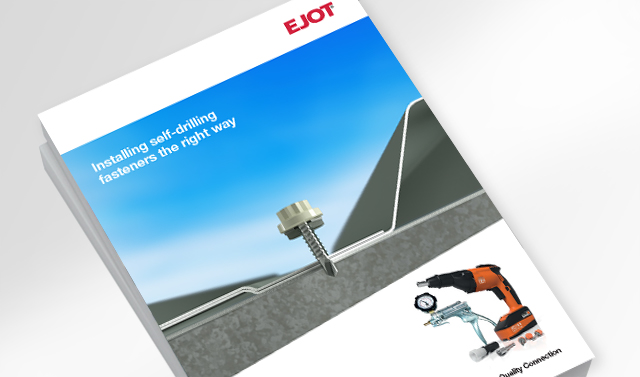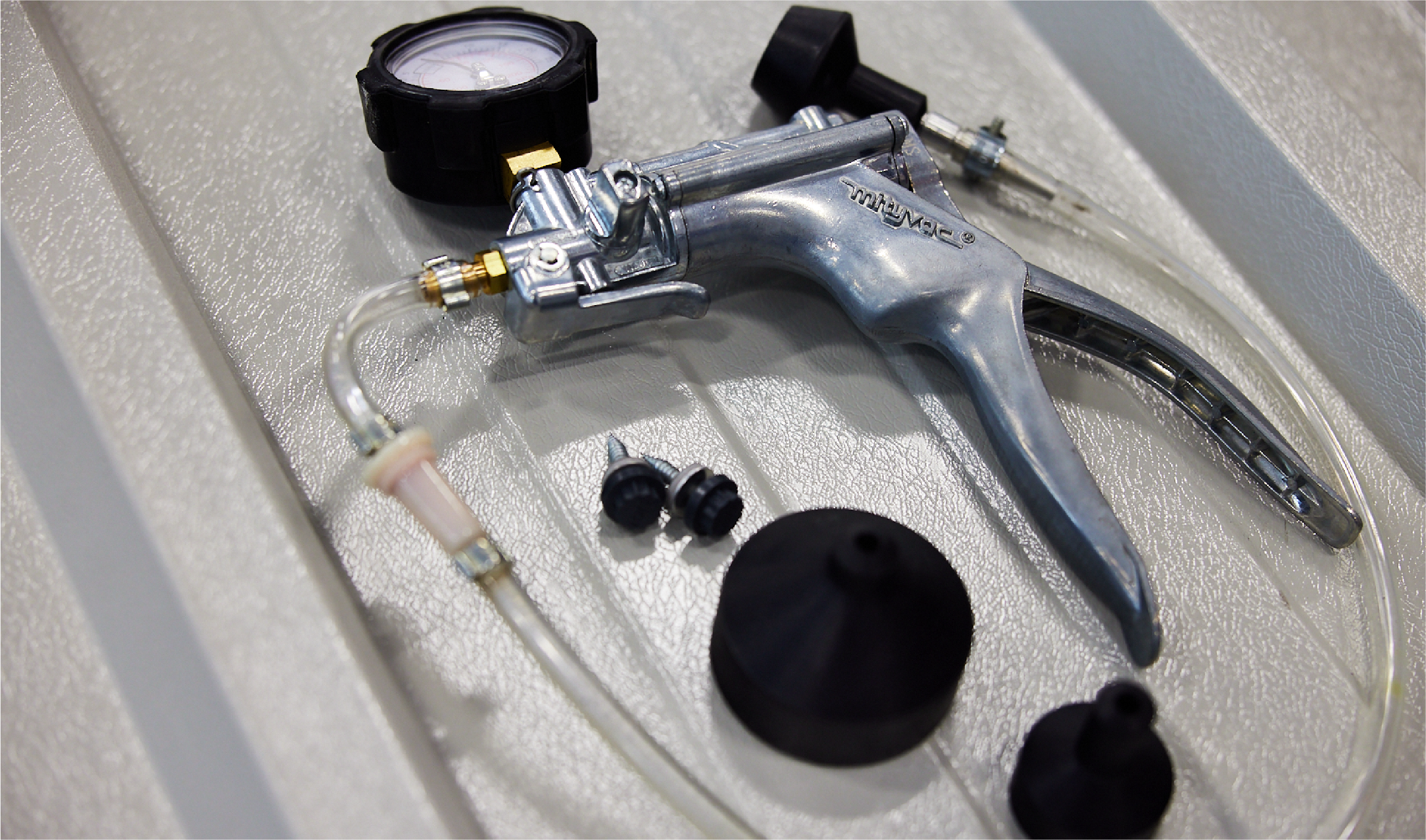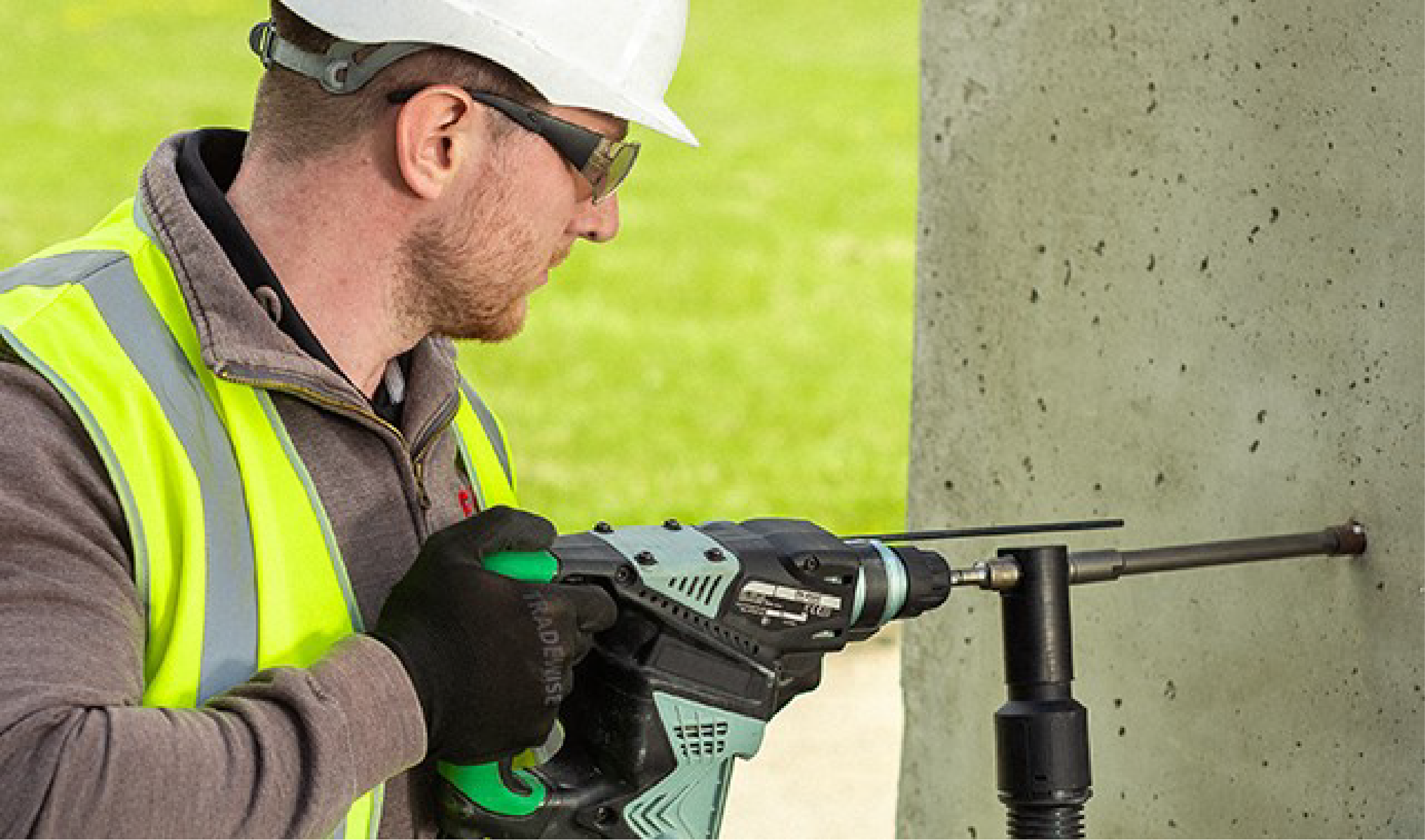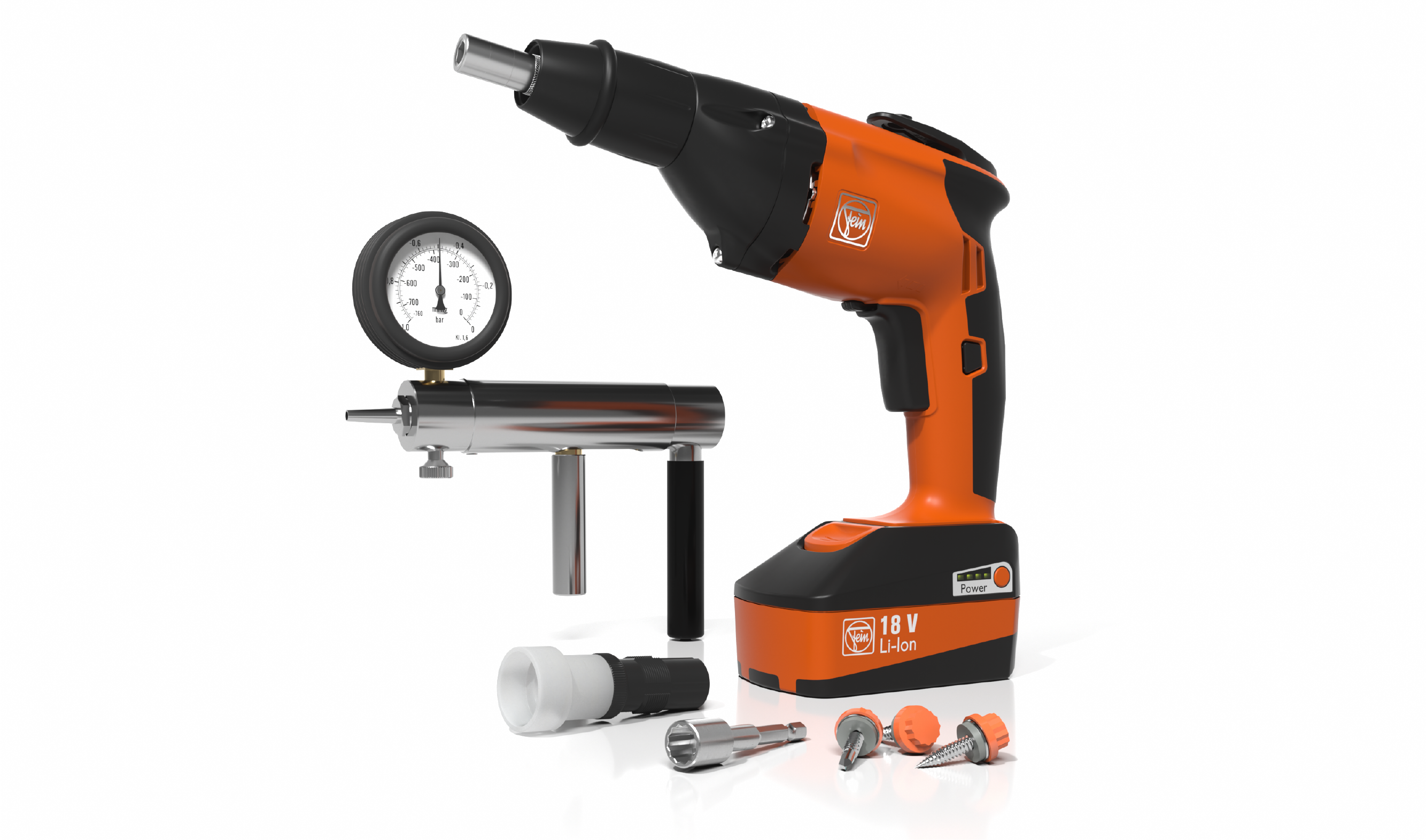Correct fastener specification may be significant to deliver a building that is secure, watertight, and thermally insulated, but the way building fasteners are installed, particularly when using self-drilling fasteners is equally important.
Installation methods and attention to detail impacts the longevity of the completed project because, as industry guides like the NFRC Blue Book states, there is a collective responsibility between designers, contractors, and installers to get it right. Hence best practice for installing self-drilling fasteners, is an absolute must.
EJOT's range of roofing fasteners is as broad as the materials they are fixing. Whether it’s carbon steel roofing fasteners, stainless steel self-drilling fasteners or bi-metallic fasteners being deployed, all these highly engineered technical components undergo rigorous testing prior to their launch - with a drill point, thread, head, and washer design that demands the correct driver setting to achieve a high-quality attachment.
And because EJOT self-drilling fasteners are managed by stringent quality standards, when issues do occur on-site, EJOT responds with an inspection. Providing the fastener specification was right in the first place, the fault is usually be traced back choice of screw gun and a potential lack of awareness that the gun must be set correctly. For example, a drill driver will only give 800 revs per minute – too low to properly drill the hole. In contrast, a dry lining gun can turn at over 4,000 revs and will burn out the fastener’s drill point. And whilst the rotational force of impact drivers may be great for high torque installation of anchors, they are completely wrong for self-drilling tek screws.
Correct screw guns can be carefully set and controlled – ideally with a clutch mechanism – in conjunction with a nosepiece to properly set the depth. This nosepiece helps to get the correct thread engagement relative to the components being joined - and a washer engagement to create a consistently good seal.
The ideal driver operating speed for self-drilling roofing fasteners is between 1500 and 2000 rpm – and there are plenty of screw guns that fit these criteria, including the cordless FEIN AS CS 6.3, which has performed well in EJOT tests in the UK and Germany. As a result, EJOT’s UK R&D team developed a bespoke nosepiece option which gives the installer a helping hand in achieving a consistent result.
Brian Mack is Technical Business Development Manager for EJOT in the UK:
“The information we are producing here shows that we don’t just sell fastening products. The responsibility goes much further than that. We are working alongside other manufacturers to develop responsible information that supplements in more detail the contributions we make to information circulated by recognised industry flag bearers such as the NFRC and the MCRMA.”
Installation methods and attention to detail impacts the longevity of the completed project because, as industry guides like the NFRC Blue Book states, there is a collective responsibility between designers, contractors, and installers to get it right. Hence best practice for installing self-drilling fasteners, is an absolute must.
EJOT's range of roofing fasteners is as broad as the materials they are fixing. Whether it’s carbon steel roofing fasteners, stainless steel self-drilling fasteners or bi-metallic fasteners being deployed, all these highly engineered technical components undergo rigorous testing prior to their launch - with a drill point, thread, head, and washer design that demands the correct driver setting to achieve a high-quality attachment.
And because EJOT self-drilling fasteners are managed by stringent quality standards, when issues do occur on-site, EJOT responds with an inspection. Providing the fastener specification was right in the first place, the fault is usually be traced back choice of screw gun and a potential lack of awareness that the gun must be set correctly. For example, a drill driver will only give 800 revs per minute – too low to properly drill the hole. In contrast, a dry lining gun can turn at over 4,000 revs and will burn out the fastener’s drill point. And whilst the rotational force of impact drivers may be great for high torque installation of anchors, they are completely wrong for self-drilling tek screws.
Correct screw guns can be carefully set and controlled – ideally with a clutch mechanism – in conjunction with a nosepiece to properly set the depth. This nosepiece helps to get the correct thread engagement relative to the components being joined - and a washer engagement to create a consistently good seal.
The ideal driver operating speed for self-drilling roofing fasteners is between 1500 and 2000 rpm – and there are plenty of screw guns that fit these criteria, including the cordless FEIN AS CS 6.3, which has performed well in EJOT tests in the UK and Germany. As a result, EJOT’s UK R&D team developed a bespoke nosepiece option which gives the installer a helping hand in achieving a consistent result.
Brian Mack is Technical Business Development Manager for EJOT in the UK:
“The information we are producing here shows that we don’t just sell fastening products. The responsibility goes much further than that. We are working alongside other manufacturers to develop responsible information that supplements in more detail the contributions we make to information circulated by recognised industry flag bearers such as the NFRC and the MCRMA.”


